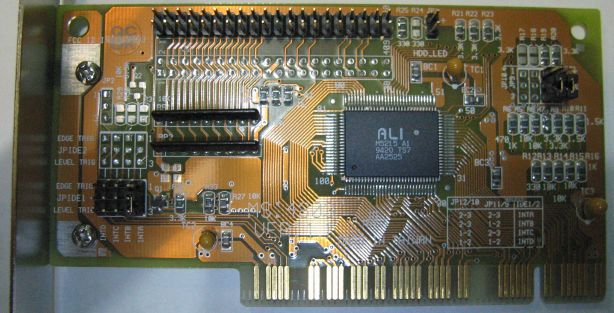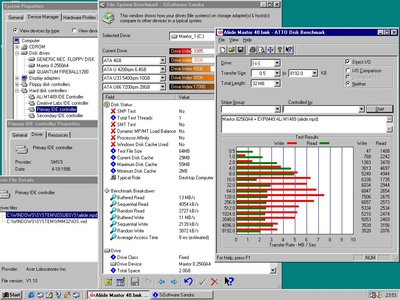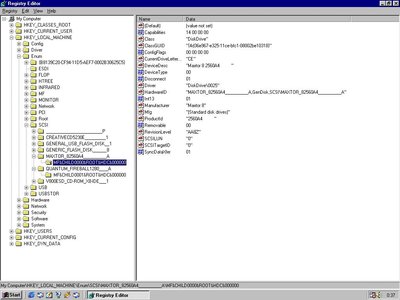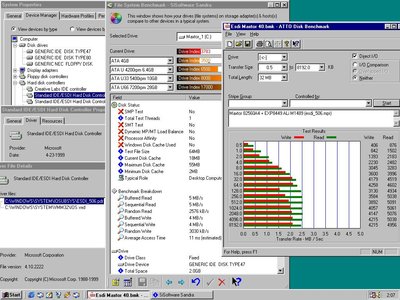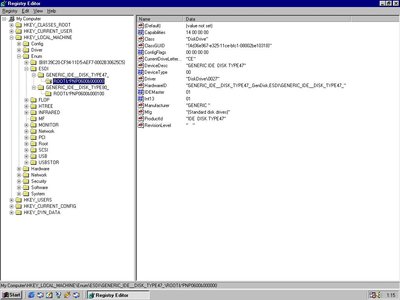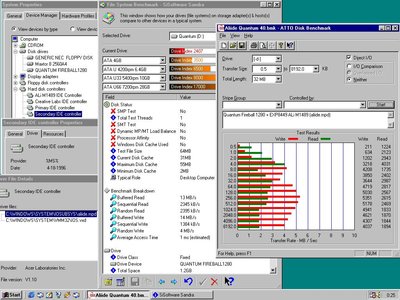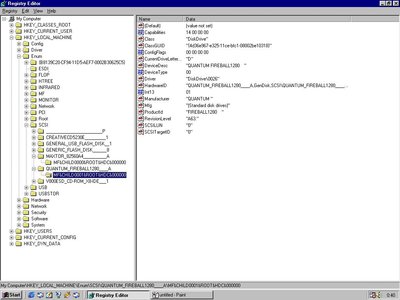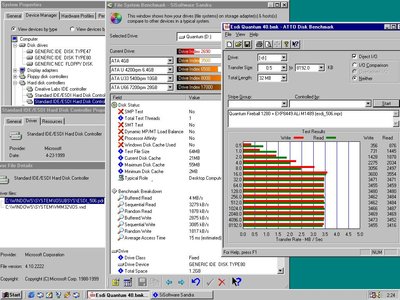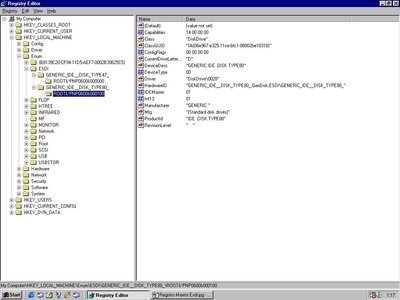I recently got an ALi M1489 / M1487 board running. I used the ALi driver that you provided for Windows 95c and ran some HDD benchmark tests before and after the installation of the driver. The results are confusing. Did you acquire any benchmarks before and after?
Sandra 99
before driver = 4417
after driver = 2375
[larger score is better]
Winbench96 HDD Winmark
before driver = 994
after driver = 925
[larger score is better]
WinTune98
before driver = 11 MB/s cached
before driver = 1.6 MB/s uncached
after driver = 11 MB/s cached
after driver = 3.3 MB/s uncached
For the most part, the results were the same or worse than before using the ALi driver. I am using an Am5x86-133 with a 133x CF card. I generally felt that CF card access was slow before and after the ALi driver, however I am used to using UDMA100 or Ultra2 SCSI 80 on my 486's. The perception of slow could also be because I am used to hearing some sort of access sounds from the HDD, with the lack of sounds implying to my mind that something has "stalled". Anyway, this doesn't change my feeling of HDD access being the same before and after using the driver.
I wonder if anyone else has attempted this?
Plan your life wisely, you'll be dead before you know it.
